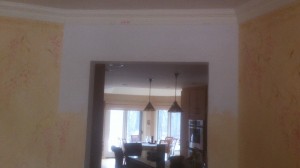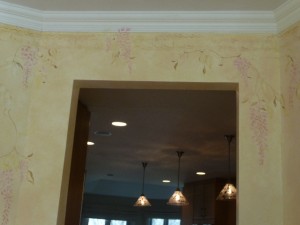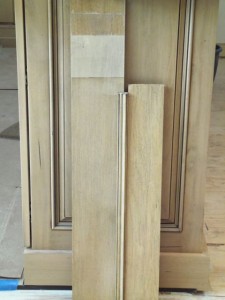As a painting contractor in the Chicago area, I am faced almost daily with potential clients who struggle with the appeal of a low bid in their decision-making process. The current economic environment has caused the ranks of low-bidders to swell to new heights, making it even harder for consumers to decipher the true value in a house-painting proposal.
Today, this point was made clear in a phone conversation I had with one of the owners of a three-flat in Chicago. On the rear of the property, there a three-story deck structure with wood decking and painted steel framing, railings and posts. Four years ago, they had the steel repainted. She mentioned that 6 months after the repaint job, rust started to appear and the paint stated to flake off. Forty months later, the situation in much worse.
I voiced my concern that I may not be able to help because of the common practice of selecting the low-bidder on such projects. She did confirm that they had picked the low-bidder on the last job. I told her that we would surely not be the low-bidder, but that we could give the best long-term value. She thought that the painters used the wrong paint. I explained that it was very possible, but that the reason for the failure most likely lied in the poor or non-existent preparation of the surfaces prior to painting. I also told her about the rust inhibitive primer we use over bare areas, after they are scraped and sanded.
I think I got through to her because, at some point in the conversation, she told me how much they budgeted for the project (hopefully, they put enough money in the pot this time). She is sending me digital pictures of the structure so I can assess if it worth my time to bid for the job, considering the maximum amount they plan to spend.
As a painting contractor, I liked this conversation, because it focused the client on the real issue: what is it that creates true value in a paint job, price being only one part of the equation?








 Follow
Follow




